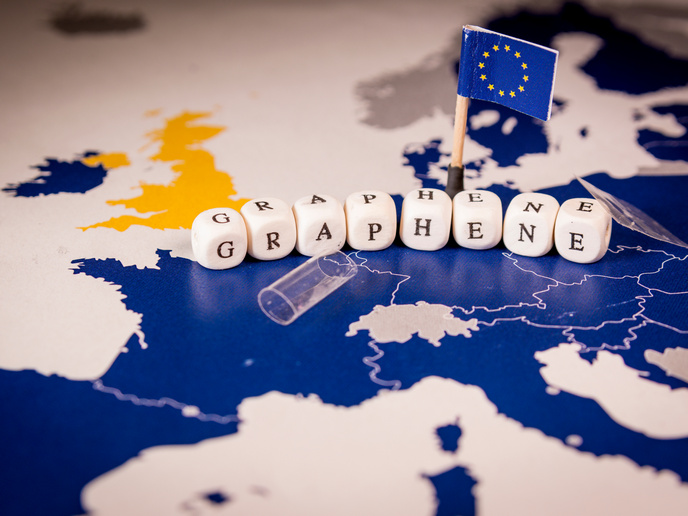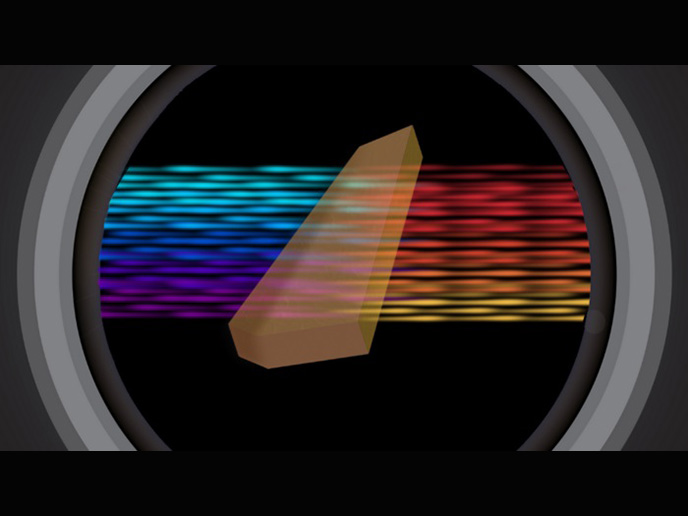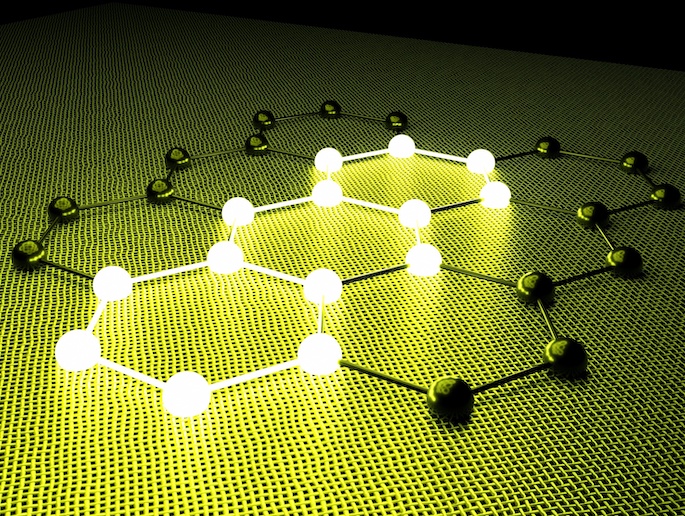With an eye on invisibility
Development of cloaking devices, requires the prior development of metamaterials, synthetic composites demonstrating properties not normally seen in nature. Among these are negative index materials (NIMs), those with a negative index of refraction that bends light in the opposite direction of that expected when passing from one material to another. The first demonstration of such metamaterials in the visible range came in 2007 and the race is on for large-scale manufacture of large-area materials, particularly 3D ones. The ambitious EU-funded project 'Large area fabrication of 3D negative index metamaterials by nanoimprint lithography' (NIM_NIL) went beyond the state of the art to maintain the European position in optical devices. Scientists exploited silver and graphene to achieve NIMs in the visible. They chose nanoimprint lithography (NIL) to enable up-scaling of manufacturing processes for mass production. NIL is a method for high-throughput patterning of nano-structured materials through mechanical deformation with great precision and low cost. Gaining insight from simulations, investigators designed a variety of NIMs and micro-optical devices. They manufactured the NIL stamps with feature sizes down to 50 nanometres (nm) as well as 3D micro-optical structures for realising NIM prisms. To achieve NIMs in the visible range, researchers selected silver processed to enhance stability and optical response. Applying graphene on the silver structures further increased stability. Optimised single-layer NIMs were stacked, again using a NIL-based process, to achieve 3D NIMs. In the end, NIM_NIL scientists delivered a 3D micro-optical NIM prism formed by layers of NIM materials produced with scalable NIL and demonstrating negative refraction in the visible light regime. NIM_NIL results open the door to large-scale production of large-area 3D NIMs. With this development comes the promising reality of cloaking devices, perfect lenses and magnification of devices below the diffraction limit.







